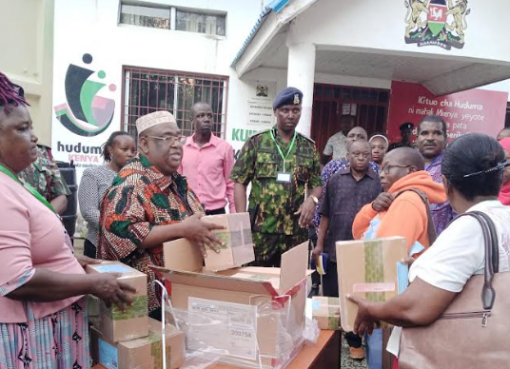The National Cereals and Produce Board (NCPB) has installed an aflatoxin testing laboratory and urged grain growers to make use of it to ascertain the safety of the foods they consume.
The silo manager for the NCPB Nakuru Branch Ms. Lydia Kerubo said the equipment installed uses the Elisa Test Method and has the capacity of testing total aflatoxin that exists in grains and other foodstuffs.
However, she said the testing facilities, which are aimed at providing testing services to value chain actors who include farmers, traders, and millers, were hardly utilized. She appealed to the stakeholders to make good use of the laboratory.
She said aflatoxin is produced by a fungus, known as Aspergillus flavus, residing in soil and dead decaying matter in the field adding the fungus invades susceptible crop species especially grains and produces aflatoxin on the crop before and after harvest.
She said the crops that are usually infected by the fungus are toxic to humans and animals and can cause serious health problems like liver cirrhosis or liver cancer or death in acute cases.
Apart, from that, she said contaminated feed and food decreases productivity in humans and animals. Also, dairy animals who have ingested aflatoxin feeds produce contaminated milk that is sometimes fatal to the consumers.
The manager said climate change was likely to make aflatoxins worse and more prevalent because the toxins thrive in high temperatures, drought and terminal water stress prior to harvest.
In addition, she said post-harvest contamination occurs when fungi continue growing and producing aflatoxins under high moisture and warm temperatures.
She said the best method of preventing aflatoxin contamination was to undertake proper drying and storage of grain after harvest.
Also, she advised farmers to apply a pre-harvest solution known as ‘Aflasafe’ to control aflatoxin contamination, while the maize is still in the field.
By Veronica Bosibori




